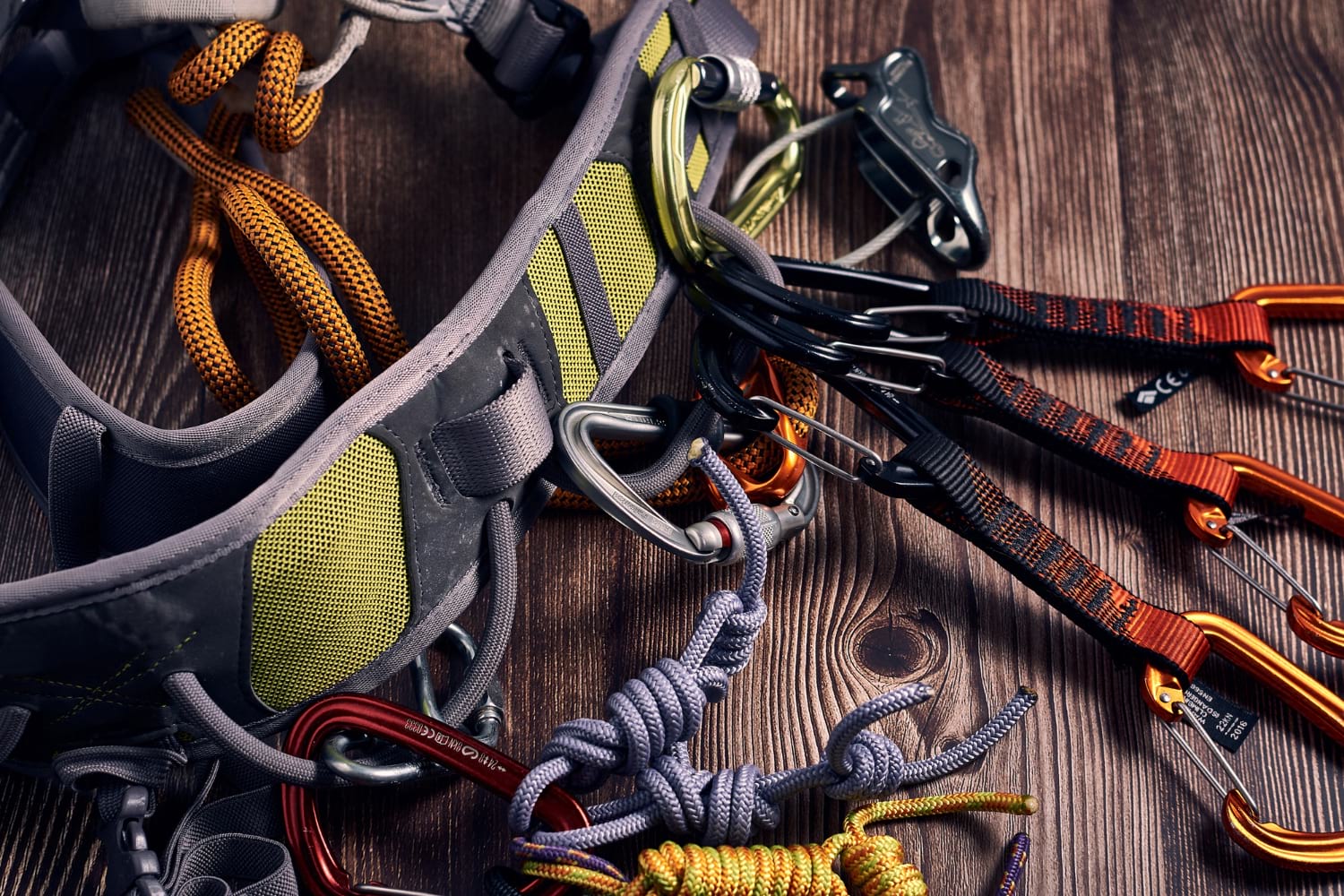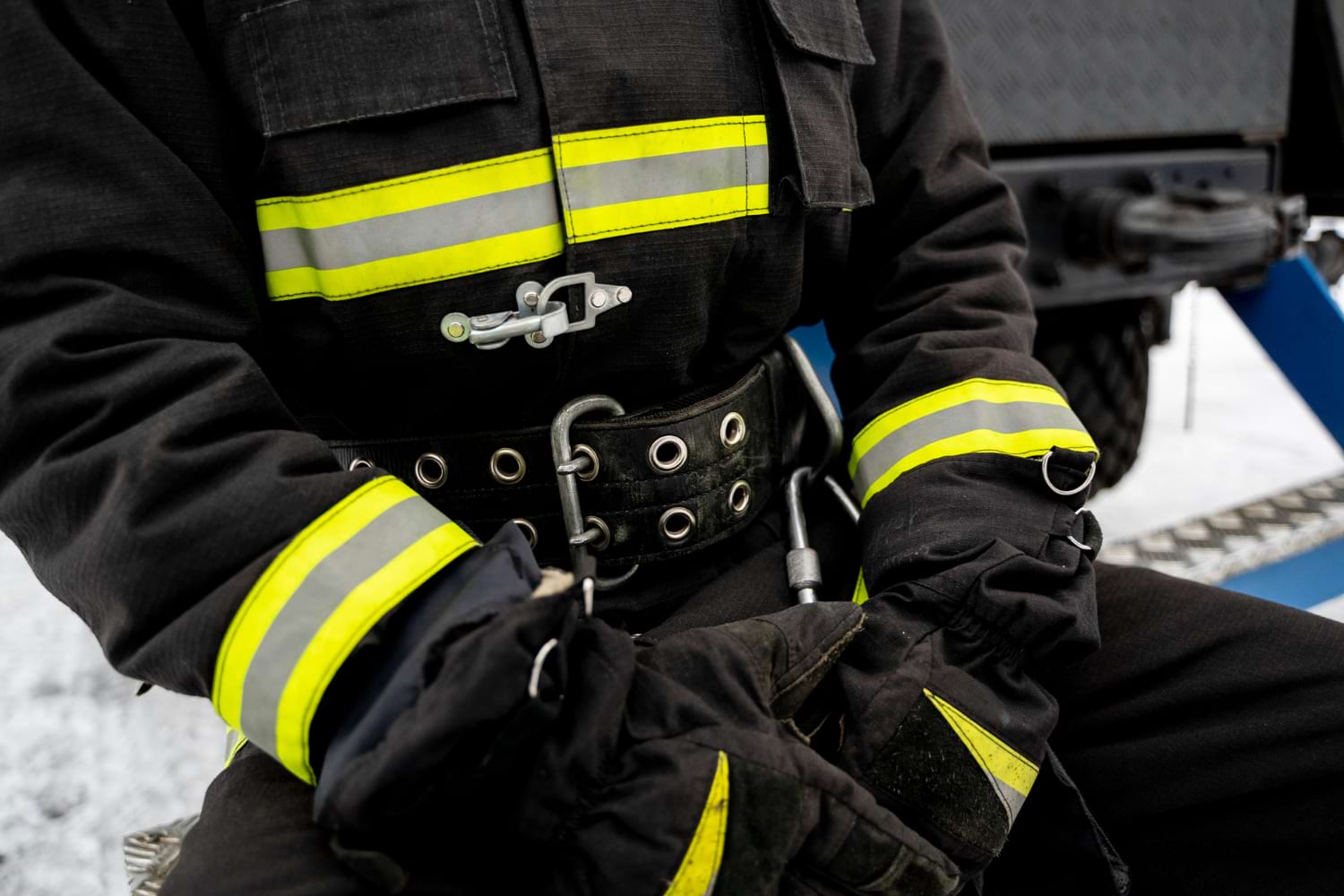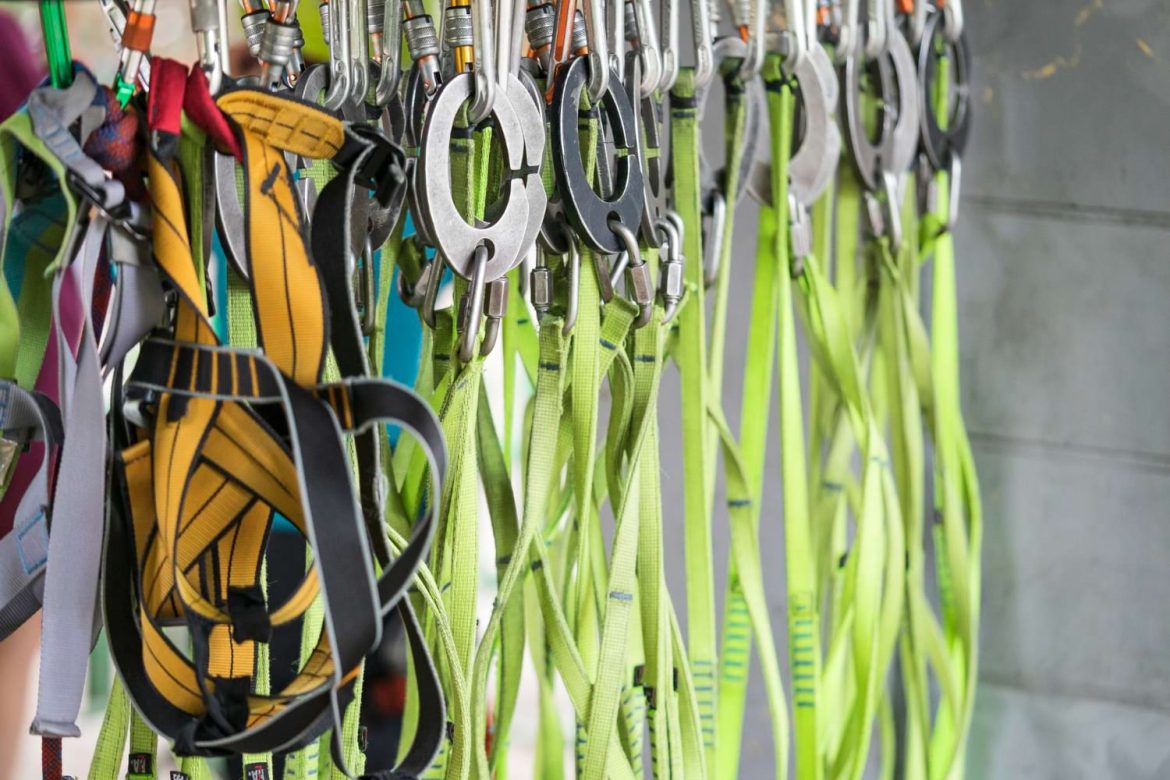Safety lanyards are an integral part of personal protective equipment – PPE used to safeguard workers in environments where falls pose a significant risk. Typically constructed from durable materials such as polyester or nylon, these lanyards act as connectors between a worker’s harness and an anchor point, providing stability and fall arrest capabilities.
In industries such as construction, maintenance, and utilities, safety lanyards are indispensable. Workers often operate at considerable heights, whether repairing electrical lines, cleaning windows, or assembling steel frameworks. Safety lanyards ensure compliance with workplace safety standards and reduce liability for employers, creating a secure environment that allows employees to focus on their tasks.
Types of safety lanyards: Choosing the right one for the job
Safety lanyards come in several types, each suited for specific applications. Shock-absorbing lanyards, for instance, include an energy-dissipating mechanism that reduces the impact force exerted on the body during a fall. This type is ideal for workers operating at significant heights, as it minimizes the risk of injury upon sudden deceleration.
On the other hand, self-retracting lanyards (SRLs) are designed to offer greater mobility and automatic retraction, keeping the lanyard taut and reducing the chance of tripping or entanglement. Positioning lanyards are another variation, used to keep workers in a specific location while allowing them to work hands-free. Understanding the work environment and the specific risks involved is critical when selecting the appropriate lanyard type. For example, an electrician may prioritize a lanyard with dielectric properties, while a steelworker might require extra abrasion resistance.

Materials and durability: Key features of high-quality lanyards
The materials used in safety lanyards directly impact their performance and longevity. High-quality lanyards are often made from polyester, nylon, or Kevlar, each offering unique benefits. Polyester is known for its resistance to UV radiation and abrasion, making it ideal for outdoor use. Nylon, on the other hand, provides excellent elasticity and shock absorption, making it a preferred material for fall arrest systems. Kevlar, with its exceptional resistance to heat and cuts, is suitable for environments with high temperatures or sharp edges.
The hardware components, such as carabiners, snap hooks, and D-rings, must also meet rigorous strength standards. Corrosion-resistant materials, such as stainless steel or anodized aluminum, ensure reliability even in harsh conditions. Additionally, many lanyards feature protective coatings or integrated wear indicators that signal when the equipment needs replacement.
Proper use of safety lanyards to maximize protection
To maximize the protective capabilities of safety lanyards, proper use is essential. Workers must ensure that the lanyard is securely attached to a certified anchor point capable of supporting the required load. Anchor points should ideally exceed the minimum strength of 5,000 pounds as recommended by safety standards. Additionally, the lanyard must be adjusted to the appropriate length to minimize slack, reducing the risk of a fall.
It is equally important to pair the lanyard with a compatible safety harness. Harnesses must fit snugly and distribute impact forces evenly across the body. Workers should avoid modifying lanyards, as unauthorized alterations may compromise their integrity. Adequate training and regular practice in using lanyards can significantly enhance safety awareness and preparedness.

Inspection and maintenance: Ensuring long-term safety
Routine inspection and maintenance of safety lanyards are critical for ensuring their effectiveness over time. Before each use, workers should inspect the lanyard for signs of wear and tear, such as frayed fibers, cuts, or corrosion on metal components. Any damaged lanyard should be immediately removed from service and replaced.
Periodic professional inspections should also be conducted, especially for lanyards used in demanding environments. Cleaning lanyards with mild soap and water can help remove contaminants like dirt, grease, or chemicals that might degrade the material. Proper storage, away from direct sunlight, moisture, and extreme temperatures, further extends the lifespan of the lanyard.
Author Profile

Latest entries
 TechnologyJune 22, 2025Modern Air Quality Monitoring Technologies
TechnologyJune 22, 2025Modern Air Quality Monitoring Technologies Health & BeautyMay 28, 2025Trakční klece jako součást moderní rehabilitační terapie
Health & BeautyMay 28, 2025Trakční klece jako součást moderní rehabilitační terapie TechnologyApril 20, 2025Why High-Ticket Businesses Need a Reliable Merchant Account for Stripe
TechnologyApril 20, 2025Why High-Ticket Businesses Need a Reliable Merchant Account for Stripe Electricity & ElectronicsApril 20, 2025Industrial Precision and Safety: Stromag Brakes
Electricity & ElectronicsApril 20, 2025Industrial Precision and Safety: Stromag Brakes




